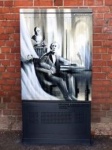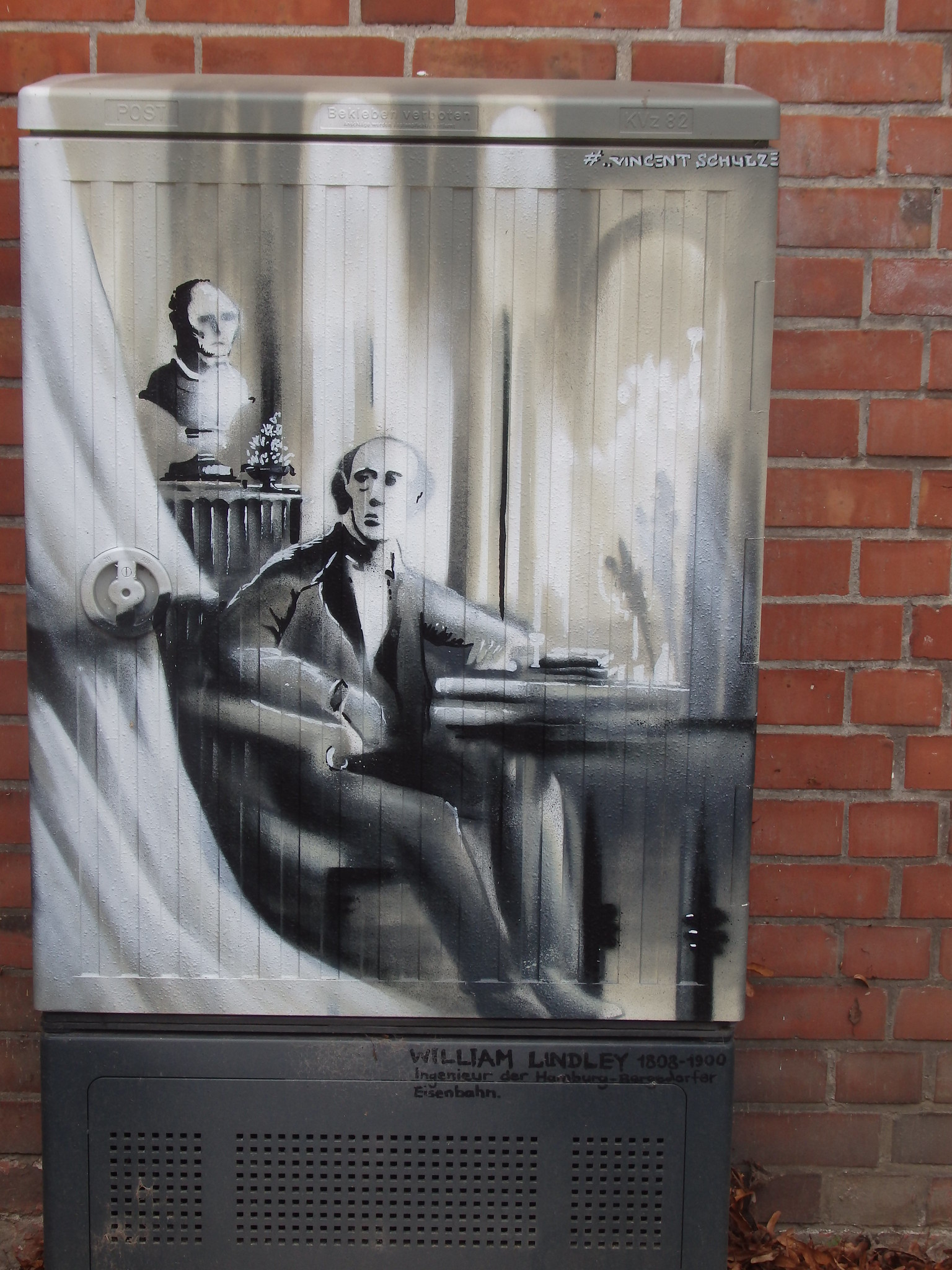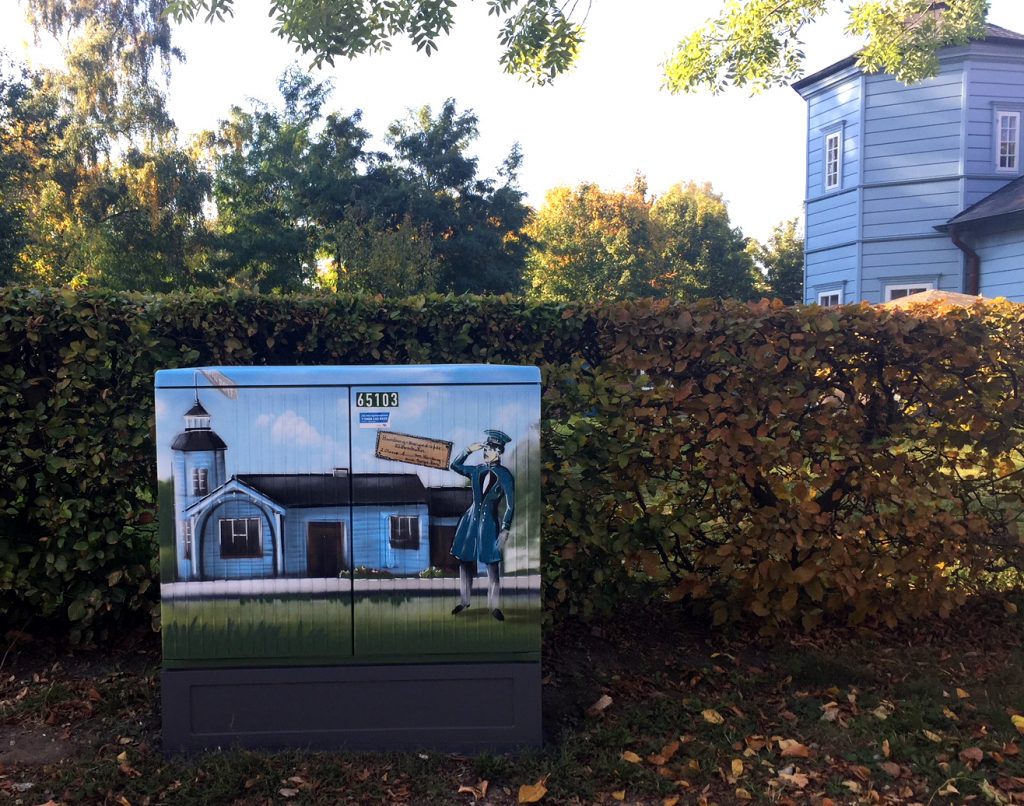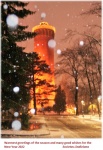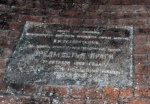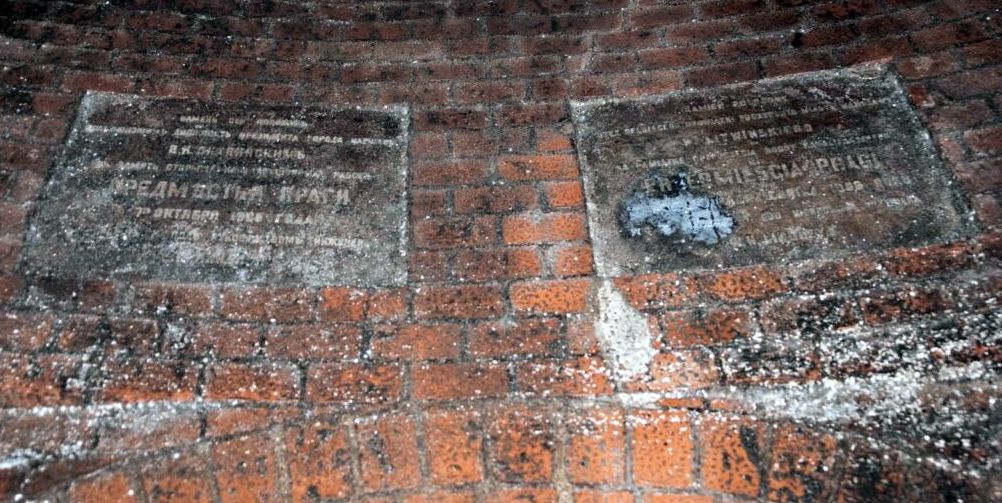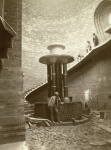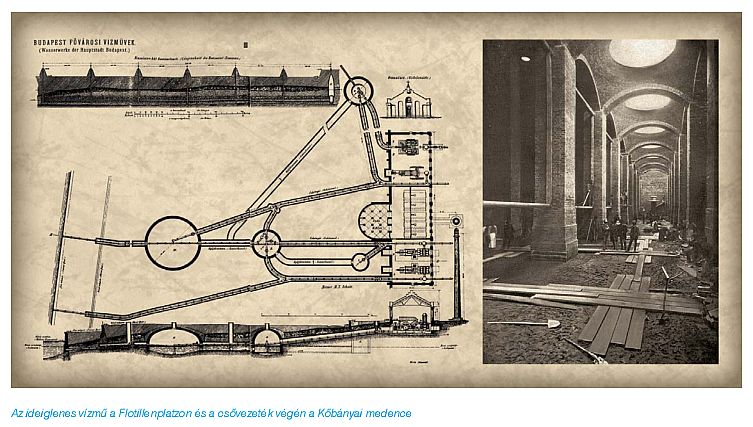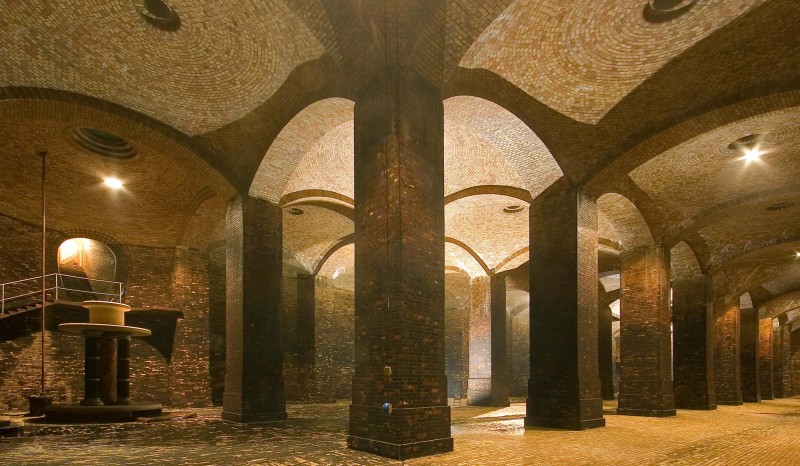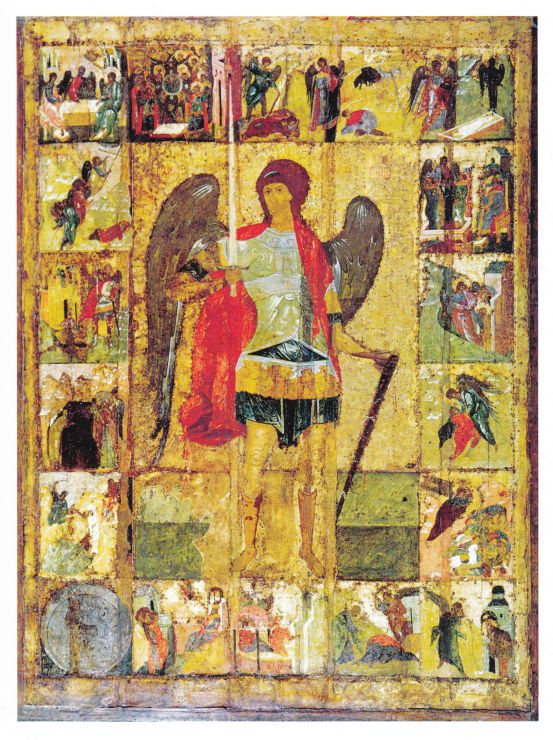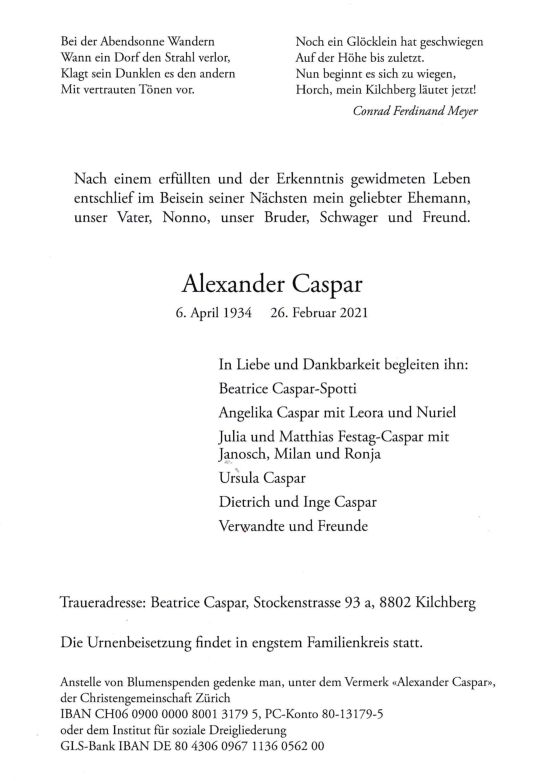Aktualności
Europejski Rok Dziedzictwa Kulturowego w Niemczech z W. Lindleyem w tle
W marcu 2017 roku Przewodniczący Niemieckiego Narodowego Komitetu ds. Ochrony Zabytków, Minister Kultury Brandenburgii oraz Minister Stanu ds. Kultury zaprosili chętnych do udziału w Europejskim Roku Dziedzictwa Kulturowego w 2018 roku. Tegoroczny projekt odbywa się w Niemczech pod hasłem "Dzielenie Dziedzictwa („Heritage sharing)" i jest inicjatywą Niemieckiego Komitetu Narodowego ds. Ochrony Zabytków, Rządu Federalnego, państw federalnych i stowarzyszeń gmin w Berlinie. Biuro Koordynacji spodziewa się około 500 projektów i około 1000 wydarzeń w Niemczech w ciągu całego roku.
Uroczysta inauguracja roku odbyła się 8 stycznia 2018 roku w Wielkiej Sali Ratusza w Hamburgu.
Sześć szkół połączonych w sieć regionalnej otrzymała zadanie zapoznania się i zinterpretowania roli pomników oraz budowli zabytkowych w przestrzeni miejskiej. Zespoły uczyć się będą dziedzictwa kulturowego swojego miasta jako części historii północnych Niemiec i zaangażowania na rzecz ochrony zabytków.
Projekt William Lindley. Zaczynamy od niego
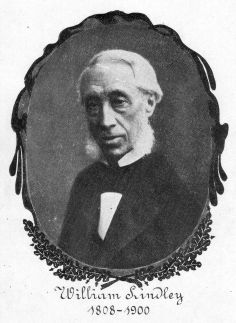
Gimnazjum Klosterschule w Hamburgu, w ramach projektu William Lindley. Zaczynamy od niego, skoncentrowało się na Williamie Lindleyu, brytyjskim inżynierze, który w Hamburgu zaprojektował pierwsze nowoczesne wodociągi i podziemną kanalizację na kontynencie europejskim, pierwsze połączenie kolejowe i zaangażował się w przeprojektowanie portu. Jego wyniki zostaną zaprezentowane publicznie w ramach wystawy zorganizowanej przez Urząd ds. Ochrony Zabytków w Hamburgu.
Gmach Gimnazjum
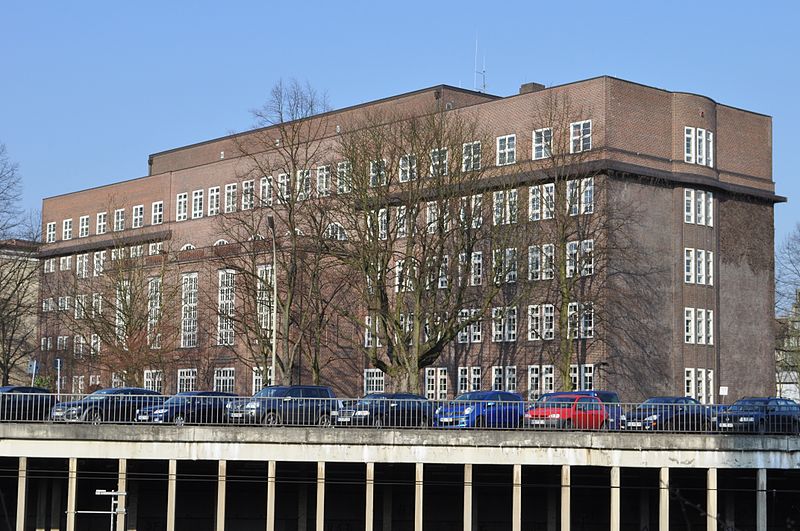
https://denkmal-aktiv.de/schulprojekte/archiv/schulen-2017/gymnasium-klosterschule-hamburg/
Kolejne spotkanie Towarzystwa Lindleyowskiego
W dniu 23 listopada 2011 roku (środa)o godzinie 17.00 odbędzie się spotkanie członków i osób zainteresowanych działalnością Towarzystwa Lindleyowskiego „Societas Lindleiana”. Spotkanie będzie miało miejsce w gościnnych pomieszczeniach Archiwum m.st. Warszawy (Sala Pracowni Naukowej), przy ulicy Krzywe Koło 7 (Stare Miasto).
Tematem spotkania Towarzystwa będzie podsumowanie minionego roku, w którym obchodziliśmy 125-lecie rozpoczęcia pracy warszawskiego wodociągu Lindleyów.
Sekretarz Generalny TL „SL”, Paweł Weszpiński”, opowie o planach Lindleyowskich w zbiorach Archiwum oraz pracach konserwatorskich z nimi związanymi.
Zapraszamy!









